The Magic of Gas Balloon Rides

The Magic of Gas Balloon Rides: A Journey Beyond the Clouds
Have you ever dreamed of floating quietly above the Earth, carried by nothing but the wind, while the world below unfolds in breathtaking beauty? Gas balloon rides, the lesser-known cousins of hot air balloons, offer exactly that. Unlike their flame-filled counterparts, gas balloons rely on lighter-than-air gases like helium or hydrogen to lift you gracefully into the sky, giving passengers one of the most serene, silent, and awe-inspiring experiences imaginable.
This article explores everything you need to know about gas balloon rides, from their fascinating history and technology to the world’s best ballooning destinations and what makes this timeless adventure so unforgettable.
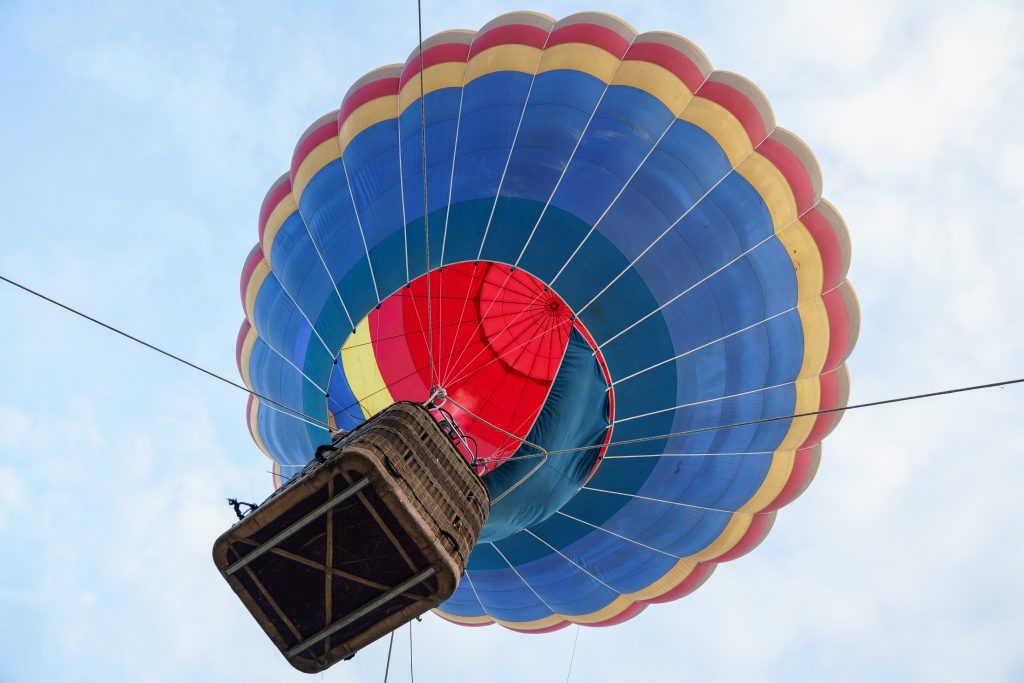
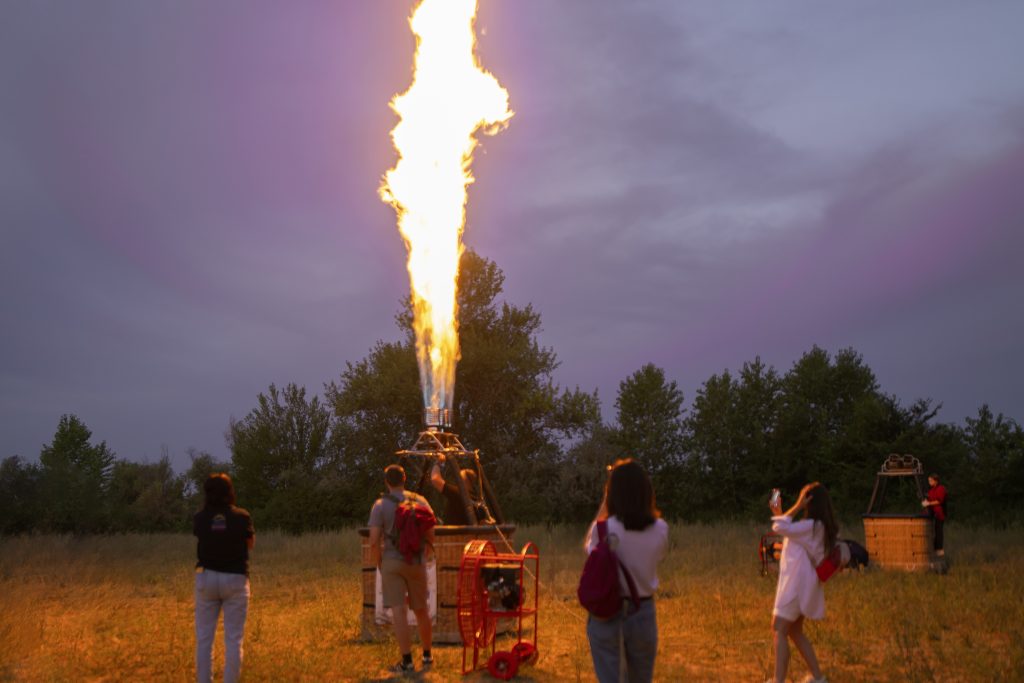
A Brief History of Gas Balloons
Gas balloons hold a special place in aviation history. In fact, they predate airplanes, helicopters, and even hot air balloons as we know them today.
The first successful human-carrying balloon flight took place in 1783 in Paris, France. It was launched by the Montgolfier brothers, but their balloon used heated air. Later that same year, physicist Jacques Charles and the Robert brothers launched the first hydrogen-filled gas balloon, marking the birth of true gas ballooning.
For centuries, gas balloons were the pinnacle of long-distance flight. Adventurers, explorers, and scientists used them to break records, conduct experiments, and even spy during wars. They were the first vehicles to cross the English Channel, reach the stratosphere, and map uncharted territories.
While airplanes eventually took over practical aviation, gas ballooning never lost its romantic allure. Today, it’s a niche adventure sport and a bucket-list experience for thrill-seekers around the world.
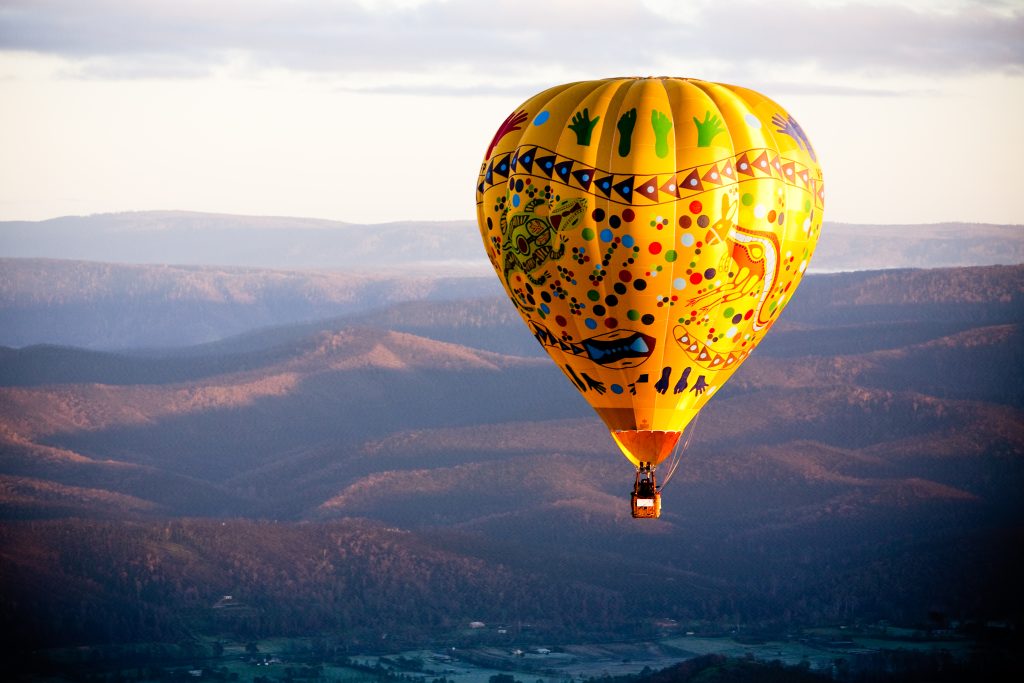
How Gas Balloons Work
The science behind gas balloons is simple yet fascinating. Unlike hot air balloons that use burners to heat air inside the envelope, gas balloons are filled with a lifting gas that’s lighter than air typically helium or hydrogen.
- Helium Balloons: Safer and non-flammable, though more expensive.
- Hydrogen Balloons: Cheaper but highly flammable, so rarely used for passenger rides today.
The gas provides lift, allowing the balloon to float upward. Pilots can control altitude by releasing gas (to descend) or dropping ballast (usually sandbags, to rise higher). The direction, however, depends entirely on the wind currents, meaning each journey is unique and unpredictable.
Unlike hot air balloons, gas balloons can stay aloft for days, traveling hundreds or even thousands of kilometers. This is why they’re often used in long-distance competitions like the Gordon Bennett Cup, one of the world’s oldest and most prestigious air races.
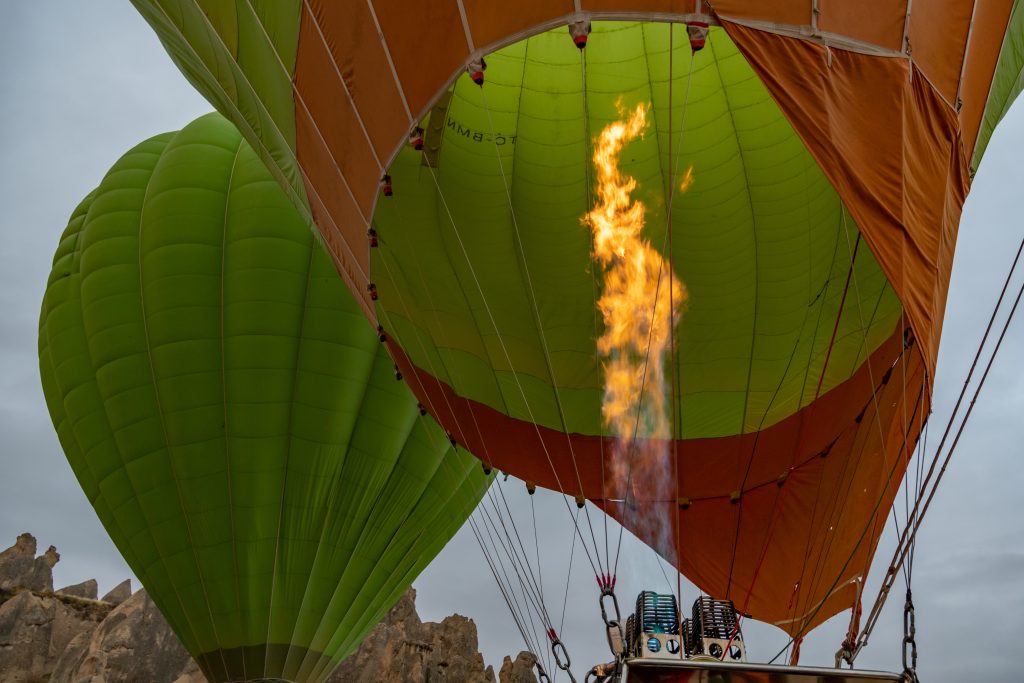
The Experience: What It Feels Like to Fly in a Gas Balloon
A gas balloon ride isn’t just a flight; it’s a peaceful dance with nature.
As you slowly lift off the ground, there’s no roar of a burner or engine, only the soft whisper of the wind. The silence is almost surreal. You can hear birds, distant dogs, or even people talking below as you drift higher and higher.
The sensation of floating effortlessly is unlike any other form of flight. Airplanes rush through the sky; helicopters beat the air into submission. But in a gas balloon, you simply exist in harmony with the atmosphere, moving wherever the breeze decides to take you.
At dawn or sunset, when the light paints the clouds in gold and rose, the view is beyond words: mountains, forests, rivers, and cities appearing like miniature worlds far below. Many passengers describe it as spiritual, a moment of true calm in a noisy world.
Safety and Regulations
Safety is paramount in any form of aviation, and gas ballooning is no exception. Modern balloons are designed with high-quality materials and are flown by licensed pilots under strict safety standards.
Key safety measures include:
- Helium instead of hydrogen for passenger balloons, eliminating fire risk.
- GPS tracking and communication systems to monitor location and altitude.
- Weather checks before every flight, avoiding strong winds, storms, or turbulence.
- Professional maintenance of envelopes, nets, and baskets.
While accidents are extremely rare, gas ballooning, like all adventure activities, carries inherent risks. Reputable operators always provide detailed briefings, and flights are canceled if conditions aren’t perfect.

The Difference Between Gas and Hot Air Balloons
Many people confuse gas balloons with hot air balloons, but they’re quite different in design, experience, and purpose.
| Feature | Gas Balloon | Hot Air Balloon |
|---|---|---|
| Lifting Method | Helium or hydrogen gas | Heated air using burners |
| Noise Level | Silent | Periodic bursts from burner |
| Control | Limited (wind-dependent) | Moderate (altitude via heat control) |
| Duration | Several hours to days | 1–2 hours typically |
| Safety | Very safe with helium | Very safe with trained pilots |
| Adventure Style | Long-distance, serene, rare | Scenic, short, popular |
Gas ballooning is rarer and often reserved for enthusiasts or record attempts, while hot air ballooning is more common for short tourism rides. Both, however, share the same breathtaking beauty of flight without wings.
Top Destinations for Gas Balloon Rides Around the World
While hot air balloon rides are found almost everywhere from Cappadocia to Kenya true gas balloon rides are much rarer. Still, there are some magical places where you can experience this unique adventure.
1. Switzerland
The Château-d’Oex Balloon Festival in the Swiss Alps is one of the most famous ballooning events in the world. Pilots from all over gather to launch colorful balloons against a snowy mountain backdrop. The crisp alpine air makes for ideal flying conditions.
2. Germany
Germany has a deep history of ballooning, and cities like Berlin and Augsburg host regular gas balloon flights. The Gordon Bennett Cup, the world’s oldest gas balloon race, often starts in Europe sometimes in Germany attracting elite pilots from around the world.
3. France
France, the birthplace of ballooning, remains a hub for enthusiasts. Regions like Lorraine and Champagne offer scenic balloon flights, and the country celebrates its rich aeronautical heritage through events and museums.
4. United States
In the U.S., New Mexico’s Albuquerque International Balloon Fiesta is the largest balloon festival globally. While most flights are hot air, a few licensed operators offer gas balloon experiences for training and competitions.
5. Austria
The Tirol Balloon Festival in Austria is a spectacular event held in winter, where gas and hot air balloons float above snow-capped peaks a scene straight out of a postcard.
6. Poland & Belgium
These countries also host several gas ballooning clubs that participate in international competitions. Long-distance balloonists often launch from these areas due to favorable European wind patterns.

Training and Certification for Pilots
Flying a gas balloon requires skill, patience, and extensive training. Pilots must first obtain a hot air balloon license, then undergo specialized gas balloon training. They learn:
- Meteorology and wind prediction
- Gas management and ballast control
- Navigation and communication systems
- Emergency and landing procedures
Since flights can last multiple days, pilots also train in endurance and survival skills, especially for night flying or long distances over remote regions.
In international competitions, pilots often sleep in their baskets during flight, managing fuel, weather, and exhaustion a true test of both physical and mental resilience.
Gas Balloon Rides in Modern Times
While gas ballooning began as a scientific pursuit, it’s now an exclusive adventure experience. Most operators offer private flights or small group expeditions, often customized for photography, exploration, or special occasions.
However, because of the cost and complexity helium is expensive, and operations need government permissions gas balloon rides are less commercialized than hot air balloon tours. This makes them even more special for those who seek a once-in-a-lifetime journey.
A typical ride might last 4 to 6 hours, reaching altitudes of 10,000 feet or more. Some long-distance flights last over 48 hours, crossing countries and even seas, guided solely by the wind.
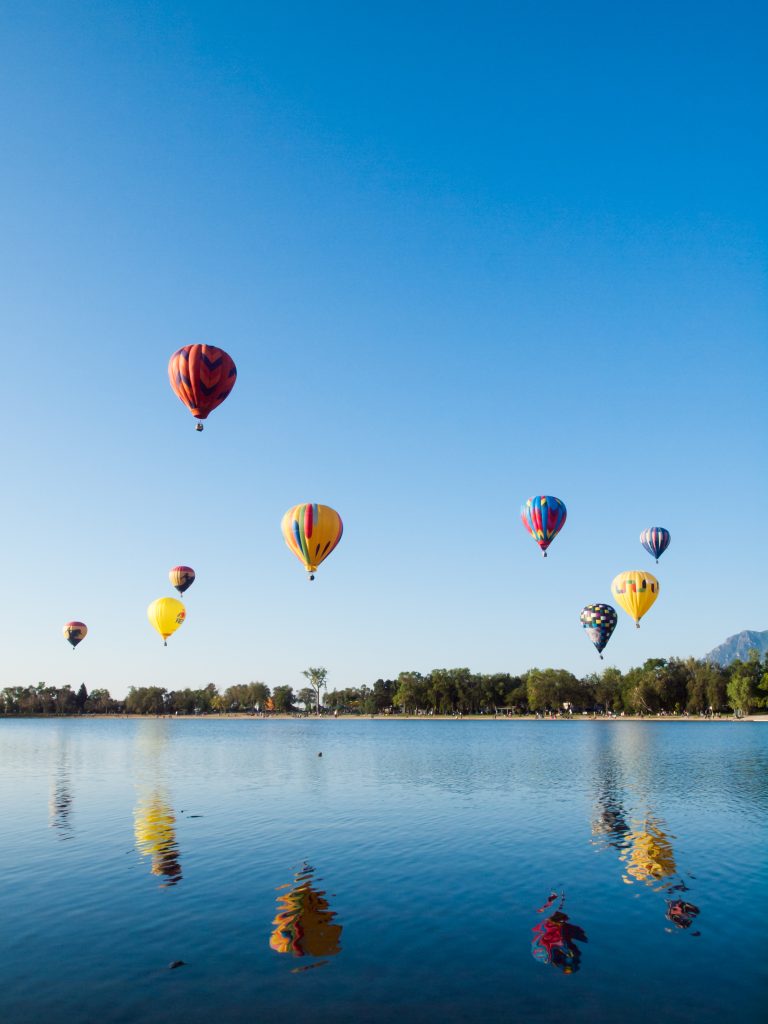
The Environmental Impact
Compared to other forms of aviation, gas ballooning is incredibly eco-friendly. It doesn’t rely on fossil fuels (beyond transportation and minor gas usage), produces no emissions during flight, and operates in harmony with natural air currents.
Helium while non-renewable is used efficiently, and modern balloons are designed for multiple reuses. Many balloonists view their flights as a tribute to nature, promoting respect for the Earth’s fragile atmosphere.
The Human Side of Ballooning: Why People Fall in Love with It
Ask any balloonist, and they’ll tell you it’s not just about flying; it’s about feeling free.
There’s something profoundly humbling about drifting quietly thousands of feet above the world. You’re suspended between earth and sky, powerless yet peaceful, guided by forces you can’t see or control.
In that silence, many find clarity. It’s a reminder of how small we are and how beautiful our planet truly is.
For photographers, it’s paradise. For adventurers, it’s pure adrenaline. For dreamers, it’s poetry in motion.
A gas balloon ride is more than an adventure it’s a moment of surrender. You leave the ground behind, float into the unknown, and let the wind decide your path. There’s no rush, no noise, no stress just peace, perspective, and beauty.
In an age of constant motion and distraction, few experiences offer such pure tranquility. Whether you’re chasing records, romance, or reflection, gas ballooning gives you something priceless: a chance to touch the sky gently.

 English
English 




























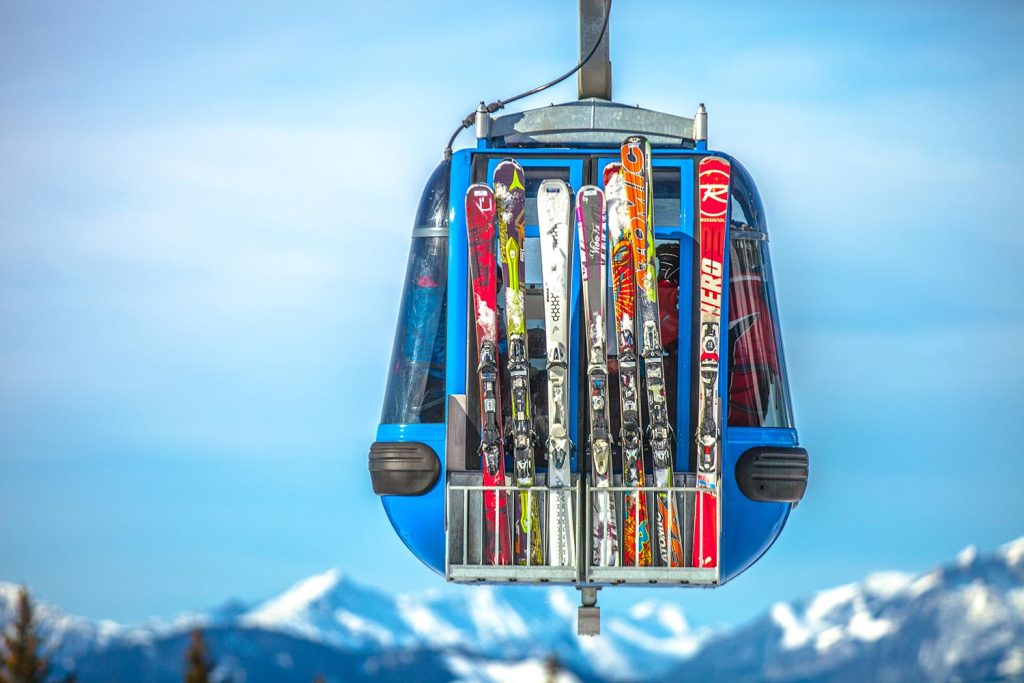


































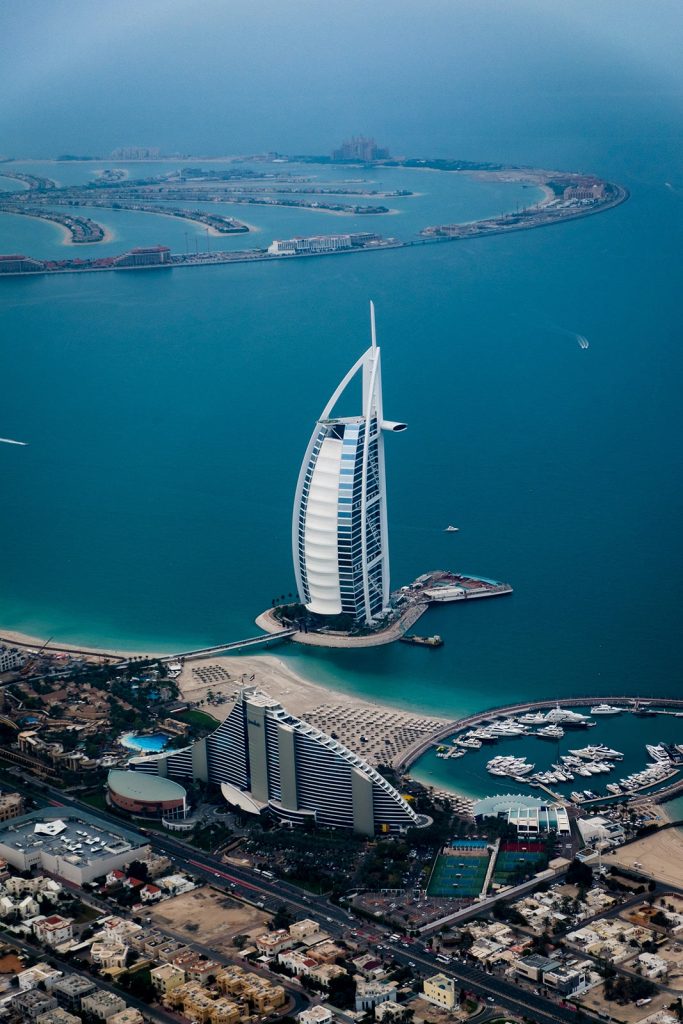
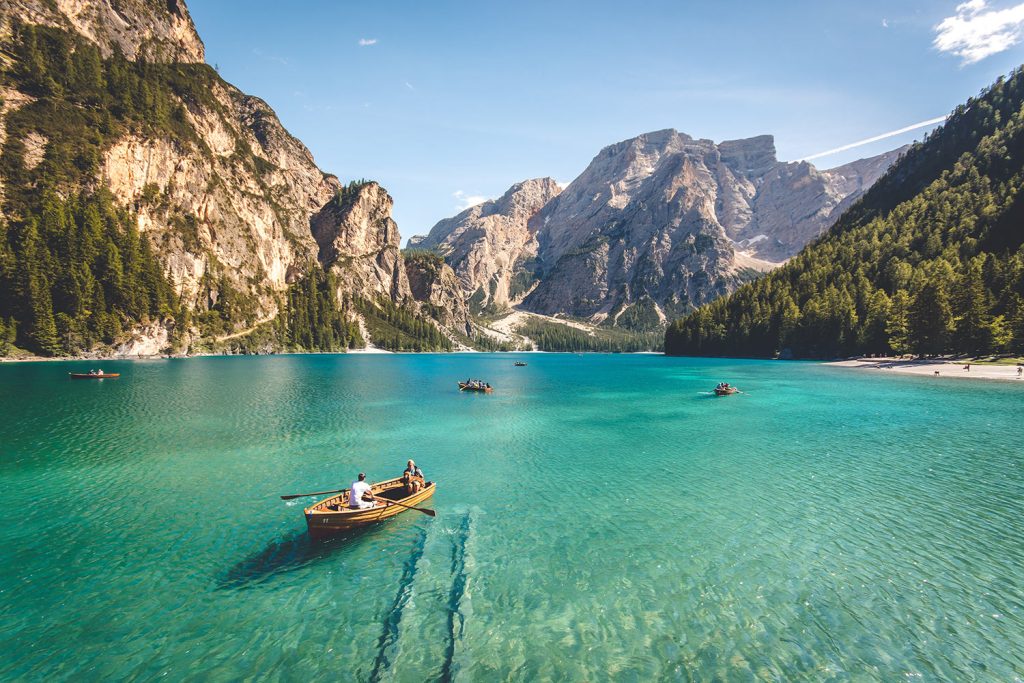


























Rohan De Spond
07th Jun 2022There are many variations of passages of Lorem Ipsum available, but the leap into electronic typesetting, remaining essentiallyuncha opularisedthe with the release of Letrasetsheets containingthe leap electrtypesetting remaining majority have. There are many variations of passages of Lorem Ipsum
Magezix
07th Jun 2022Lorem ipsum dolor sit amet, consectetur adipisicing elit, sed do eiusmod tempor incididunt ut labore et dolore magna aliqua. Ut enim ad minim veniam, quis nostrud exercitation ullamco laboris nisi ut aliquip.
Alexardy Ditartina
07th Jun 2022There are many variations of passages of Lorem Ipsum available, but the leap into electronic typesetting, remaining essentiallyuncha opularisedthe with the release of Letrasetsheets containingthe leap electrtypesetting remaining majority have. There are many variations of passages of Lorem Ipsum